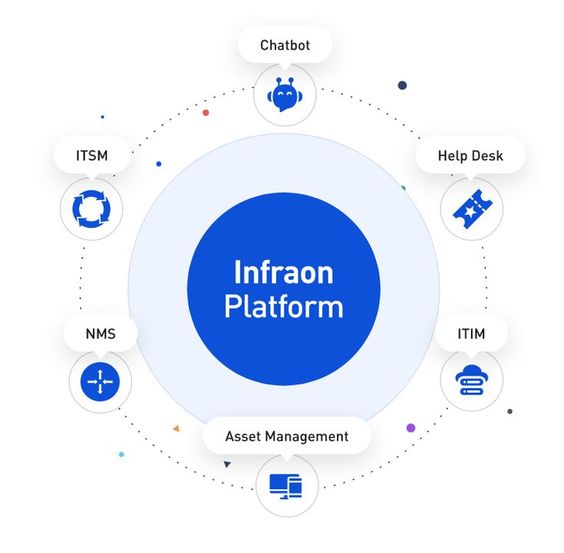Introduction
Network Performance Monitoring (NPM) is a critical aspect of network management that involves the continuous measurement, analysis, and optimization of various parameters to ensure the efficient and effective operation of a computer network. It encompasses a wide range of activities and tools designed to provide insights into the performance, availability, and reliability of a network. Here are the key details related to Network Performance Monitoring:
- Performance Metrics:
- Bandwidth: Measure of data transfer rate over the network.
- Latency: Time it takes for data to travel from the source to the destination.
- Packet Loss: Percentage of data packets that do not reach their destination.
- Jitter: Variation in latency, often affecting real-time applications.
- Monitoring Tools:
- Packet Sniffers: Capture and analyze network traffic.
- Flow Analyzers: Monitor flow data to identify patterns and trends.
- Network Probes: Deployed at various points to collect specific data.
- Performance Monitoring Software: Comprehensive tools providing real-time and historical data.
- Real-time Monitoring:
- Continuous monitoring for immediate detection of performance issues.
- Real-time dashboards and alerts for quick response to anomalies.
- End-to-End Visibility:
- Monitor the entire communication path, including routers, switches, servers, and endpoints.
- Identify and troubleshoot performance bottlenecks across the entire network infrastructure.
- Application Performance Monitoring (APM):
- Integration with APM tools to understand how network performance affects applications.
- Monitor response times, transaction rates, and error rates for critical applications.
- Security Integration:
- Detect and mitigate network security threats through integrated monitoring.
- Monitor for unusual patterns that may indicate security incidents.
- Cloud and Hybrid Environments:
- Adapt monitoring solutions to cover both on-premises and cloud-based infrastructure.
- Ensure visibility into network performance in hybrid and multi-cloud environments.
- Automation:
- Implement automation for routine monitoring tasks and issue resolution.
- Automated responses to predefined conditions, minimizing manual intervention.
- Machine Learning and AI:
- Leverage machine learning and AI for predictive analysis and anomaly detection.
- Provide intelligent insights into network performance trends and potential issues.
- Containerization and Microservices:
- Adapt monitoring strategies to handle dynamic and distributed environments.
- Monitor the performance of containerized applications and microservices.
- User Experience Monitoring:
- Focus on end-user experience to ensure that applications meet performance expectations.
- Monitor user interactions and responsiveness.
- Reporting and Analysis:
- Generate reports on network performance metrics over different time intervals.
- Analyze historical data to identify patterns, trends, and areas for improvement.
- 5G Networks:
- Address the specific challenges and requirements of 5G networks, including high-speed and low-latency demands.
- Compliance and Governance:
- Ensure compliance with industry regulations and governance policies through proper monitoring and reporting.
About Mobile App
A mobile app involves a multifaceted process that begins with conceptualization, identifying a target audience, and conducting market research. Through meticulous planning, developers define core features, select a monetization strategy, and decide on the platforms for deployment, whether iOS, Android, or both. The design phase encompasses creating user-friendly interfaces and appealing visual elements that align with the brand. The development stage involves coding, rigorous testing, and optimization for performance and security.

